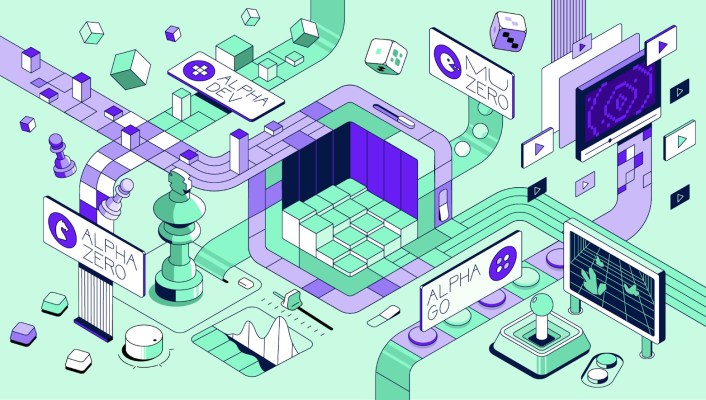NFT Meditation Guides: A New Frontier in Digital Mindfulness

The convergence of blockchain technology and mental wellness practices has given rise to a novel development: Non-Fungible Token (NFT) meditation guides. These digital assets represent a significant step forward in the way meditation content is created, owned, and disseminated. As the NFT market continues to mature, its application in the realm of mental wellness offers both opportunities and challenges.
Non-Fungible Tokens, unique digital assets verified using blockchain technology, have been predominantly associated with the art world, where they have revolutionized the concept of digital ownership. However, the application of NFTs in other areas, such as meditation, is beginning to gain traction. These digital meditation guides are typically audio or video files, often accompanied by exclusive content such as personalized sessions or interactive feedback, and are sold as NFTs.
The distribution of NFT meditation guides taps into the growing global interest in mental health and mindfulness practices. According to the World Health Organization, mental health disorders are on the rise worldwide, and the demand for accessible mental wellness tools is increasing. NFTs offer a unique way to provide access to tailored meditation content while ensuring the creators maintain control over their work.
Several key factors are driving the adoption of NFTs in the meditation space:
- Digital Ownership and Scarcity: NFTs allow creators to establish verifiable ownership of their digital meditation guides, offering a level of scarcity and exclusivity that is appealing to collectors and enthusiasts.
- Monetization Opportunities: By converting meditation guides into NFTs, creators can monetize their work in new ways, including through sales, royalties, and even fractional ownership.
- Enhanced User Experience: NFT meditation guides can offer interactive and personalized experiences, leveraging blockchain technology to provide users with unique sessions tailored to their needs.
While the potential benefits are significant, the use of NFTs in meditation also presents challenges. The environmental impact of blockchain technology, particularly the energy consumption associated with minting NFTs, has been a subject of considerable debate. Efforts are underway to develop more sustainable blockchain solutions, but the current environmental concerns remain a barrier to widespread adoption.
Moreover, the legal and ethical implications of NFT ownership in the realm of personal wellness are still being explored. Questions about data privacy, the commercialization of mental health, and the implications of having personal wellness data recorded on the blockchain are critical considerations that need to be addressed.
In addition, the NFT market is highly volatile, with fluctuating values and speculative trading posing risks to both creators and consumers. As such, individuals and organizations involved in the distribution of NFT meditation guides must exercise caution and due diligence.
Looking ahead, the integration of NFTs in meditation practices could reshape how digital wellness content is perceived and consumed. As technology continues to evolve, so too will the ways in which we engage with and benefit from digital mindfulness tools. For now, NFT meditation guides represent a fascinating intersection of technology and wellness, offering both promise and complexity in equal measure.
In conclusion, the distribution of NFT meditation guides is an emerging trend that reflects broader shifts in the digital landscape. For tech-literate professionals and wellness enthusiasts alike, it provides a new avenue for exploring mental health resources, while also raising important questions about the future of digital content ownership and sustainability.














